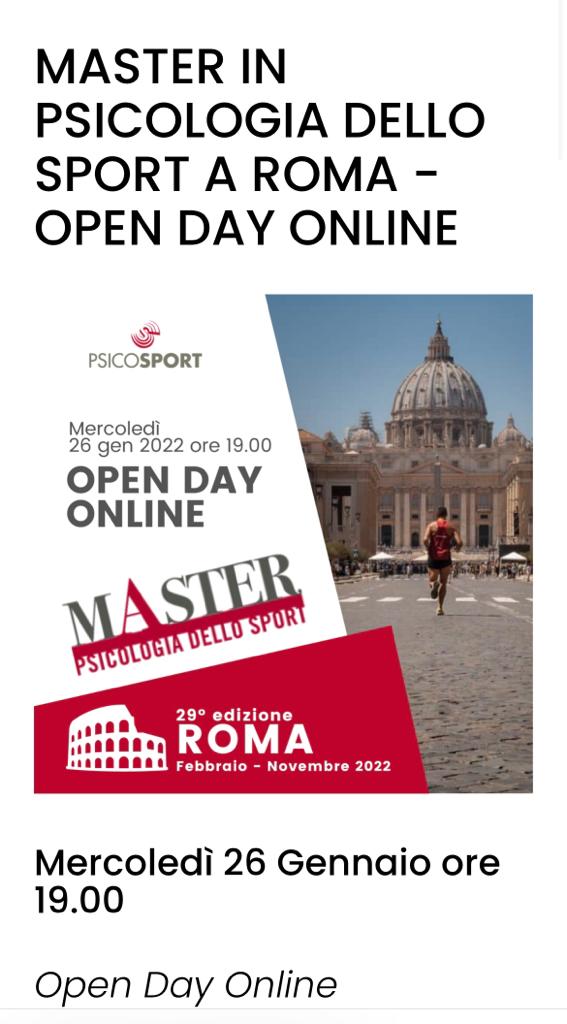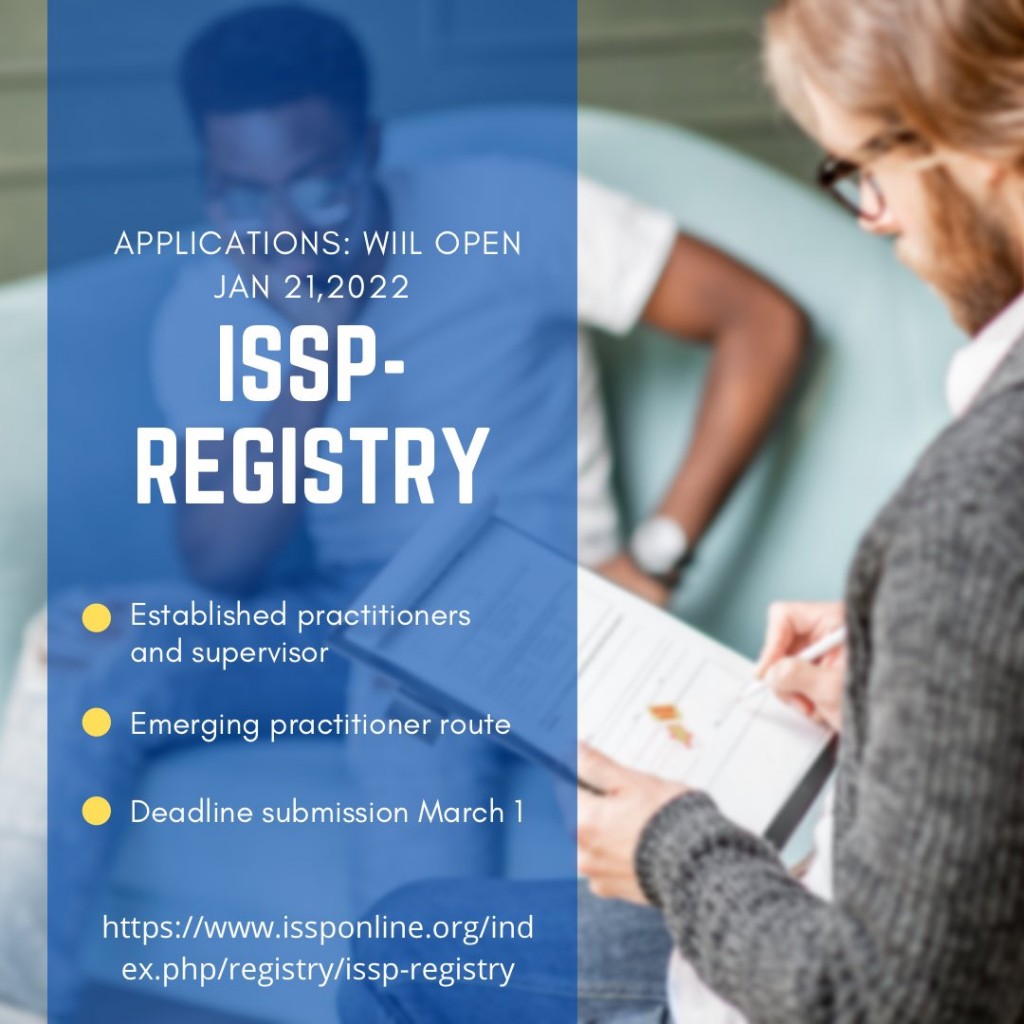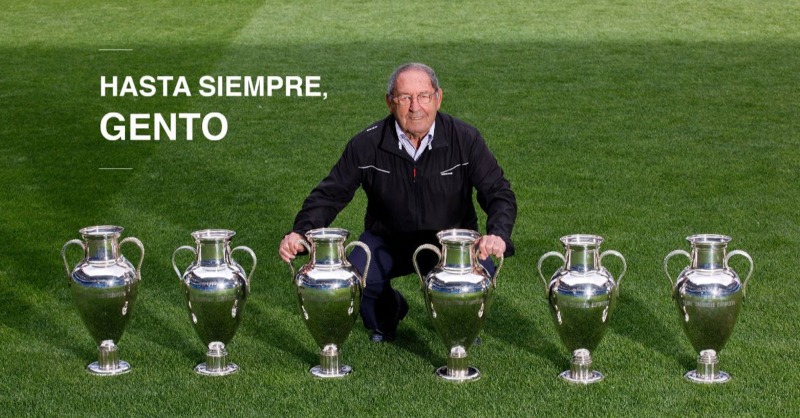Monthly Archive for January, 2022
Page 2 of 4
10 target points to increase sport participations among people with disabilities.
Catherine Carty, Hidde P. van der Ploeg, Stuart J.H. Biddle, Fiona Bull, Juana Willumsen, Lindsay Lee, Kaloyan Kamenov, and Karen Milton (2021). The First Global Physical Activity and Sedentary Behavior Guidelines for People Living With Disability. Journal of Physical Activity and Health, 18, 86-93
| 10 target areas | Actions needed |
|---|---|
| 1. Awareness | Tailored awareness campaigns are needed to draw attention to the inequity experienced by people living with disability in relation to physical activity. Emphasis on disability as an interaction between a health condition, personal characteristics, and the environment will help reduce exclusion and point to the broad range of sectors and actions that are needed to cocreate inclusive physical activity solutions. |
| 2. Communication | Communication campaigns for promoting physical activity and limiting sedentary behavior need to be targeted at and accessible to people with a wide variety of impairments through a variety of formats and technologies. General communication messages need to avoid ableist language and sentiment and be universally accessible. |
| 3. Environment | Inclusive access to local amenities, facilities, and services, including green spaces, blue spaces, and networks, may require new products, technologies, environmental changes, supportive relationships, and inclusive social attitudes. Safe and connected active transport should be made accessible for people living with disability so that they can participate more independently where they live, work, play, or go to school. This will help limit sedentary behavior and increase physical activity among people living with disability. |
| 4. Training | Training and education providers need to supply inclusive practitioners across sectors that impact physical activity and sedentary behavior to meet the specific needs of people living with disability. Disability awareness training for a broad range of community stakeholders (professionals to volunteers) would build much-needed understanding and help reduce the disabling impact of the social and physical environment. |
| 5. Partnership | Facilitating inclusion in and through physical activity is a whole of society issue. Multidisciplinary partnerships from national policy to local delivery levels are needed to address barriers and facilitators to create opportunities for participation. They must involve disability service organizations and people living with disability. Dedicated disability sport inclusion staff, working with disability organizations, can support the inclusion of individuals with disability in physical activity at community levels. |
| 6. Research | Mechanisms to gather disaggregated data on participation in physical activity, sedentary behavior, and disability are essential to monitor progress in participation on all levels—local, national, and international. An increased volume and quality of research exploring barriers and enablers to physical activity and its effects, along the disability continuum and across the domains of functioning (including life activities and participation), are needed to inform effective inclusive policy solutions and public health interventions. |
| 7. Human rights | Protecting, respecting, and fulfilling human rights with and for people with disability in and though physical activity are critical, including targeted interventions for those enduring intersectional discrimination. Increased understanding of roles and responsibilities pertaining to human rights is needed and must transfer to inclusive actions, advocacy, and investments across multiple sectors. |
| 8. Programs | Community-based physical activity programs need to consider disability-specific accommodations (across fully inclusive to segregated activities) and universal design principles. Facilitating choice in programming is critical, as is the need to provide opportunities to build positive experiences, beginning early in childhood. |
| 9. Investment | Investment is needed across sectors to advance disability inclusion in and through physical activity, in line with human rights obligations. It can be tailored according to means through innovative approaches. Appropriate and effective practical measures, or “reasonable accommodations,” such as assistants, carers, and assistive technologies, should be provided to help people living with disability to be active and to limit sedentary behavior. |
| 10. Governance | Creating inclusive societies requires significant changes at governance and policy levels. Disability inclusion in public health and physical activity should be mainstreamed through policies and legal frameworks. Partnerships, finance, and all relevant organs of society should be mobilized to address disability inclusion. With broad interagency governance structures, physical activity can be a driver of inclusive action in broader society. |
ISSP is pleased to announce that applications to the ISSP-Registry (ISSP-R) and ISSP-Registry of Approved Supervisors (ISSP-S) will be re-opening. Applications will open on Friday, January 21, 2022. Please refer to the ISSP-R section of the website for full details.
We know that the stress of refereeing is negatively correlated with the referee’s concentration, self-confidence and overall well-being. This should not surprise us since this occurs in relation to any professionally performed activity.
We also know that just as athletes need psychological skills to perform successfully so do referees. Officials must be able to focus their attention, remain cool under pressure, deal with mistakes and adverse situations effectively and set realistic goals.
If these concepts are shared I wonder then, in the case of soccer referees, what is being done by the Italian refereeing organization to provide that stress preparation, especially after serious mistakes, to its members. Usually the referee is kept at rest for a few shifts. What purpose does this serve? And most importantly, how is it helped to overcome this kind of stress? Is time the only medicine? And with whom does the Italian designator consult, with other referees? And why not with a psychologist?
Questions that will not receive an answer. The Italian refereeing organization in the last 21 years has not produced a research on the psychological aspects of this activity. Otherwise, on google scholar under referee psychology there are at least one hundred researches on referees published in international journals.
“The honorary president played 18 seasons at Real Madrid and became a legend of world soccer.”
Francisco Gento López has passed away at the age of 88. A key figure in the Real Madrid legend, he played for our club from 1953 to 1971. Eighteen years in which he achieved an unparalleled record. He won 6 European Cups, which makes him a unique player in the history of soccer. To these he added 12 Leagues, 1 Intercontinental, 2 Latin Cups, 2 Spanish Cups and 1 Little World Cup. His contribution to Real Madrid led to him being elected honorary president of the club in 2016.
With a portentous physique and incredible speed, Gento was the best left winger in the world. But apart from his spectacular conditions as a player, he was the link between two legendary generations at Real Madrid: that of the first five European Cups and that of the equipo yeyé.
Beginning with Di Stefano
Gento was born on October 21, 1933 in Guarnizo (Cantabria) and joined Real Madrid in the 1953-54 season from Racing Santander. That same year, Di Stéfano also joined our team and together they transformed Real Madrid into the best club in the world.
In their first year, they won the League and ushered in a golden era for madridismo. The best players in the world wore our shirt and the forward line formed by Kopa, Rial, Di Stéfano, Puskas and Gento is considered the most important in history.
Since the birth of the European Cup in 1955, Gento is the only player to have won the trophy six times. First he was part of the historic team that won five consecutive titles from 1956 to 1960 and then he was the captain of the Real Madrid yeyé that won it in 1966.
Gento was a starter in the finals of Real Madrid’s first six European Cups and scored in two of them. In the second, he scored the 2-0 goal against Fiorentina, in a final played at the Santiago Bernabéu. He was even more decisive in the Third, when his goal in extra time settled a tough match against Milan”.
Once again a refereeing error negatively affected the result of the match. It happened in Milan-Spezia where Serra for a supposed foul by Bastoni stopped the attack of Rebic, who had served Messias, whose shot under the cross had been successful.
The referee immediately realized the glaring mistake he had made but obviously could not turn back. This fact shows us once again that sometimes it is the referees who have a major influence on the outcome of the match. Technology helps but does not exempt from mistakes. This new case highlights a substantial difference between the errors of the players and those of the referees. The former have the team to take refuge in while the referees remain alone with their sense of guilt for having made a mistake, which should not have happened. Everyone agrees that mistakes are part of the game but this assumption is not enough for the referee to get out of the angst that a serious mistake causes. Serra’s mistake is like that of Jorginho who misses the decisive penalty or of the gymnasts who pursue the perfection of their performance without succeeding. We never talk about volleyball or basketball refereeing, because the referee’s choices rarely determine the final result, they are sports where points are scored in every minute of the match and the value of referee’s sanctions have less impact on the match. In soccer it is different. The goal is a rare event and the game is influenced by cautions, important facts for that game and the next.
The player goes to the field the next day and has teammates and staff to share his problems with. The referee has no one, he has no teammates, he has a boss, the manager who, if on one hand can understand him, on the other hand is the one who decides the games he will referee and if it is the case to stop him for some championship turns. The referee is alone in having to fight with the insecurities generated by a wrong choice, and I hope that in his private life he has people with whom he can share his feelings and fears, without being judged but simply accepted, because mistakes are part of any profession.

Matteo Simone, un caro amico psicologo dello sport, correrà la prossima Maratona di Roma per i bambini, i ragazzi, i progetti di Sport Senza Frontiere.
L’ha fatto già altre volte con coraggio, impegno, determinazione, volontà e amicizia, accanto a tanti altri atleti che si vogliono mettere in gioco con lo sport e per lo sport, condividendo gioie e dolore e correndo non solo per se stessi ma anche per gli altri.
Sostieni l’iniziativa di Matteo Simone per Sport Senza Frontiere Onlus
Perché correrò per Sport Senza Frontiere?
Perché ho conosciuto da diversi anni alcuni di loro, persone molto sensibili, solidali, speciali, straordinarie e cerco di affiancarmi a loro, per contribuire nella loro risuscita di permettere a bambini e ragazzi in condizioni svantaggiose di fare sport, vivere bene, stare in salute fisica e mentale, fare una vita dignitosa.
Ritengo che lo sport non debba essere considerato solo performance ma anche modalità e opportunità di inclusione, integrazione, solidarietà, aggregazione, quando è possibile.
Il valore di un master in psicologia dello sport è dato da molti aspetti fra cui certamente la qualità dei docenti che devono avere svolto attività significative e continuative nello sport e la partecipazione in presenza poiché la nostra è un’attività in cui l’apprendimento professionale è di gran lunga ridotto se avviene a distanza.
Tuttavia, direi che la dimensione più significativa sia rappresentata dal tirocinio presso un’organizzazione sportiva. S’impara attraverso l’opportunità di svolgere esperienze all’interno di un contesto sportivo organizzato in cui lo psicologo è chiamato a proporsi con degli obiettivi e un programma costruito per quella situazione.
- Nel Master organizzato da Psicosport ciò è possibile poiché i partecipanti sono inviati in società sportive che vengono a loro proposte o, in rare occasioni, suggerite da loro stessi. Quest’anno abbiamo organizzato tirocini che vanno dalla Lombardia, alla Campania e alla Puglia.
- Un secondo aspetto professionalizzante è che il tirocinio è supervisionato da Daniela Sepio, coordinatrice del Master, e da me. Questo legame permette agli psicologi di avere sempre un confronto continuo sulle loro attività.
- Terzo, il tirocinio è anche la base per la formulazione del project work finale, che riguarda come continuare l’attività in quella società sportiva una volta terminato il master.
- Su queste basi, è probabile che la loro esperienza si possa tramutare nel primo lavoro retribuito come psicologo dello sport.
- Quarto, il tirocinio ha la durata di 5 mesi, per un minimo di 90 ore di pratica, a cui si aggiungono quelle necessarie per organizzare il lavoro sul campo e valutarne gli effetti.
Sport is not only the telling of great personal and team success stories.
There are also stories of life such as that of Djokovic, Shevchenko and Dybala. Very different stories that express the non-sense of many situations, that could also seem comical if they did not have important social implications like Djokovic’s and professional implications like the other two stories.
Everything has been written about Djokovic and the situation seems to have no more secrets. This experience has reintroduced us to the story of the successful person who feels he is beyond the rules and must be accepted for the role he has achieved. When you perceive yourself as untouchable, it’s easy to act on the belief that every choice you make is legitimate and should be accepted. He made a mistake, it ends there.
Shevchenko is the latest example of how too often there is no professionalism in the choice of a coach. Presidents prefer to throw their money away in keeping more coaches under contract, they are resources taken away from other investments that no one seems to care about.
Dybala and his contract that has been pending for several months. It is true that the new contract foresees an important economic jump and the club needs time to decide, but at the same time, the prolongation of this condition for months cannot but exert a negative influence on the player’s serenity. Situations that go on for months without a solution are rarely experienced well by people; on the contrary, they often undermine the player’s confidence and his sense of acceptance. These experiences have a personal psychological cost and eventually damage the team.
Many young people are not aware of what is meant by the intensity of an exercise or a workout.
It is certainly easier to understand it in those sports where execution is required with a precise time or in any case with a well-defined speed.
But these definitions still refer to technical aspects. It seems to me, however, that there is often less awareness of the quality of their concentration and how much it is possible for them to increase it even when they believe they are at maximum focus on a task.
There is also little attention from coaches to train concentration and especially to improve it over time even in those who are focused and motivated. It is believed that attention and motivation are assets that the athlete must put on his or her own and that teaching should only concern technique or tactics or physical and athletic improvement.
Of course, even psychologists do not know how to enhance these psychological dimensions, since their course of study does not include these issues. I consider this deficiency rather serious in a world that bases everything on speed of response, on the management of more information and on the reduction of stress that these determine in everyday life.
How do we become aware of the way we pay attention and how do we train it to improve our performance?







